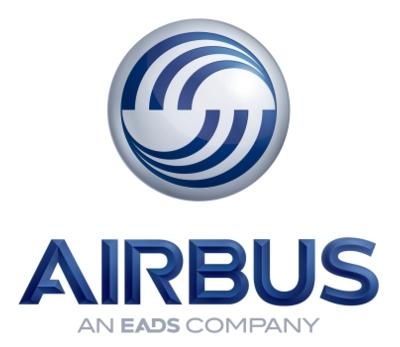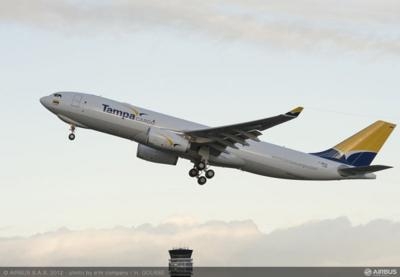Airbus Forecasts Strong Long-Term Traffic Growth With The Emerging Countries Set To Outpace The Growth Of Developed Countries
According to a new Cargo Global Market Forecast from Airbus, worldwide air freight traffic will grow by an average of 4.8 per cent annually over the next 20 years, almost doubling the required global freighter fleet to nearly 3,000 aircraft. This projected growth is driven by numerous positive global trends in economic activity, including world trade, private consumption, and industrial production.

The forecast shows that the overall worldwide air cargo demand by the year 2032 will require around 2,700 new and converted aircraft. Over half of these will be needed for fleet replacement – driven by current old aircraft retirements – with the remainder being for growth. Of these 2,700 aircraft, 870 will be factory-built freighters worth approximately US$234 billion, while around 1,860 will be converted from passenger aircraft. A further 175 in 2032 will be aircraft which are already in service as freighters today. Belly freight usage in passenger aircraft is taken into account – which will remain largely unchanged at around half of commercial air freight on international traffic.
Andreas Hermann, Airbus’ Vice President, Head of Freighters says: “Looking forward after a difficult few years, world trade is showing improvements and diverse emerging markets will call for increased flexibility in air cargo transportation – for which mid-size freighters will be the primary means to achieve this.” He adds: “This is why Airbus forecasts that the core of future freighter requirements will be in the mid-size category, where modern-technology freighters will play a large part in future fleet replacement and long term growth.”
Illustrating the rise of the emerging economies as the fastest growing markets for air cargo, Asia-Pacific (including India and the PRC) currently represents 36 percent of the world freight traffic, increasing to 42 per cent by 2032. Overall, China is the single largest individual nation driving air cargo growth: Today China’s share represents 15 per cent, and by 2032 this will rise to around 22 per cent of the global air freight market. By comparison, the combined developed nations’ share in Europe/CIS and North America accounted for 51 per cent of the total traffic in 2012, and although traffic will continue to grow, by 2032 their combined share of total world freight traffic will reduce slightly, to around 45 per cent.

Small freighters account for about 23 per cent of the fleet today and although the express freight market boom in China and India will boost the number of small freighters from 380 in 2012 to more than 600 aircraft by 2032, their overall proportion of the world fleet will nevertheless decrease slightly, to around 21 per cent.
Mid-size freighters, whose inherent flexibility allows airlines to adapt to changing markets, represent about 45 per cent of the fleet in service and are increasingly used for regional express services and regional and long-haul general cargo operations. Their numbers are expected to boom in the coming years driven by growth in emerging markets, especially in China. The mid-size segment is expected to grow to over 1,290 units by 2032, up from 744 units at the end of 2012. In doing so, this category will retain its dominant 45 per cent share of the world freighter fleet. Meanwhile, large freighters represent about 32 per cent of the fleet today and are mainly used on long-haul operations between three main markets: USA, Europe and Asia. The fleet of large aircraft will reach over 1,000 aircraft by 2032, while slightly increasing its share of the world freighter fleet.
 ANN's Daily Aero-Term (05.05.24): Omnidirectional Approach Lighting System
ANN's Daily Aero-Term (05.05.24): Omnidirectional Approach Lighting System Aero-News: Quote of the Day (05.05.24)
Aero-News: Quote of the Day (05.05.24) Airborne 05.06.24: Gone West-Dick Rutan, ICON BK Update, SpaceX EVA Suit
Airborne 05.06.24: Gone West-Dick Rutan, ICON BK Update, SpaceX EVA Suit Airborne 05.03.24: Advanced Powerplant Solutions, PRA Runway Woes, Drone Racing
Airborne 05.03.24: Advanced Powerplant Solutions, PRA Runway Woes, Drone Racing Aero-News: Quote of the Day (05.06xx.24)
Aero-News: Quote of the Day (05.06xx.24)




